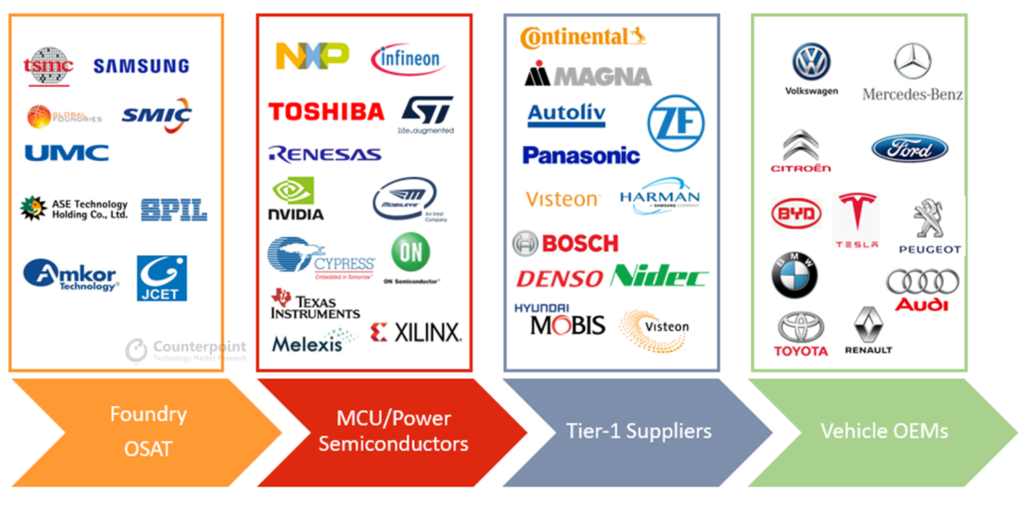Record-long times from order to delivery have become common. Wide-scale shortages of essential basic materials seem in the daily news. Suddenly, increased commodities pricing creates confusion. Transportation sector difficulties permeate across industries. Why?

Roaring demand for goods have created backlogs due to weaknesses in supply chains, and manufacturers started drawing down on inventories last month to meet demand. Business warehouses seem almost bare.
The US economy contracted 3.5% in 2020, its worst performance in 74 years.
The Harvard Business Review (HBR) argues that the Covid-19 pandemic has dramatically exposed the vulnerabilities of global supply chains, and one fundamental cause is the erosion of the US “industrial commons” — the domestic capabilities needed to support the development and production of many goods deemed critical to US interests.

A May report released by Argonne National Laboratory explains how rare earth materials are essential to a variety of industries and how mine shutdowns have affected supply lines.
Indeed, Tesla CEO Elon Musk has acknowledged that “microcontroller chips” are a particular challenge for the all-electric car company. Vacillating between positions that he’s “never seen anything like it” and the “fear of running out,” Musk pointed to rare earth metals at the core of the problem.
The global chip shortage is affecting a number of different industries, the result of significant demand swings and increased use of semiconductors in advanced vehicles.

Restoring market balance will take time, as semiconductor manufacturing is not designed for quick adaptation to fluid shifts in demand. Instead, lead times of up to 26 weeks are common.
Right now, China dominates the global rare earths market supply chain. The country produces an estimated 58% of mined rare earths, and it controls roughly 85% of the world’s refining capacity.
Supply chains that rely on a diverse array of sources are more resilient, but they are also likely to be more expensive if price points include higher-cost domestic manufacturers.
Reference- Harvard Business Review, Institute For Supply Management, Clean Technica, National Defense Magazine






